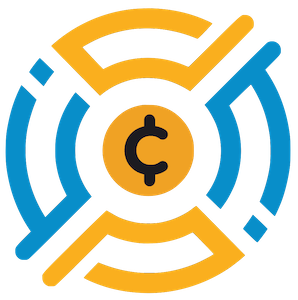The implementation of the Markets in Crypto-Assets (MiCA) regulations marks a defining moment in the evolution of the European cryptocurrency landscape. No longer can exchanges operate in a vacuum, neglecting regulatory compliance in pursuit of swift profits. Instead, the shift emphasizes not only the need for compliance but also a broader commitment to user safety
Exchanges
The plummet of the native token MOVE, tied to the Ethereum-based Movement Network, reveals a disturbing trend in the cryptocurrency realm. Following a swift and calculated strategy by Coinbase to delist this asset on May 1, the token has faced unprecedented scrutiny. The abrupt decision, accompanied by the announcement of a trading suspension beginning May
Robinhood’s latest quarterly report shines a glaring spotlight on the newfound vigor in retail crypto trading, revealing a remarkable doubling of crypto revenue to $252 million. This surge appears as a beacon for individual investors, driving a 77% increase in transaction-based revenue. It’s tempting to herald this as the awakening of the retail trader, returning
In a digital landscape increasingly shaped by the forces of surveillance, Coinbase’s recent filing of an amicus brief with the U.S. Supreme Court stands out not just as a legal maneuver, but as a fundamental statement about user rights and privacy. The case poses critical questions about the reach of governmental authority over personal data—especially
The cryptocurrency arena, particularly the memecoin market, is a volatile beast where fortunes can be made or lost overnight. The recent actions surrounding the TRUMP token—a digital currency associated with a fan-driven initiative for former President Donald Trump—illustrate both the unpredictable nature of such tokens and the potential risks to investors. Retrospectively examining recent transactions
In the fast-paced world of cryptocurrency exchanges, where fortunes can change in an instant, a recent incident involving Bitget has raised serious questions about ethical trading practices and the vulnerabilities of digital asset platforms. Bitget, a prominent crypto exchange, has taken the bold step of pursuing legal action against eight users, accusing them of exploiting
The narrative around Bitcoin is evolving, presenting a compelling case of investor confidence and market maturity. Recent data from CryptoQuant reveals that as of late April 2025, Bitcoin stored on centralized exchanges plummeted to approximately 2.5 million BTC, a striking reduction of 500,000 coins since the end of 2024. This isn’t merely a statistic; it
In a modern age driven by technological advancement, five states—California, New Jersey, Maryland, Washington, and Wisconsin—are engaged in conflicts with Coinbase over its staking program. These states have taken a confrontational stance against the crypto giant, operating under the assumption that staking services constitute unregistered securities. This approach not only undermines technological innovation but also
Riot Platforms has recently secured a credit agreement worth $100 million with Coinbase, a strategic move that positions the company to bolster its expansion efforts in a tumultuous market. By using its substantial Bitcoin holdings—approximately 19,233 BTC valued around $1.8 billion—as collateral, Riot stands out as a prominent player among corporate Bitcoin holders. This approach
In an unexpected yet calculated move, the Alabama Securities Commission has chosen to withdraw its legal actions against Coinbase concerning the contentious staking program. This decision surfaces amid an intricate web of federal changes and evolving regulatory standards, highlighting the precarious nature of legislative frameworks surrounding cryptocurrencies. With the number of active state-level lawsuits dwindling
